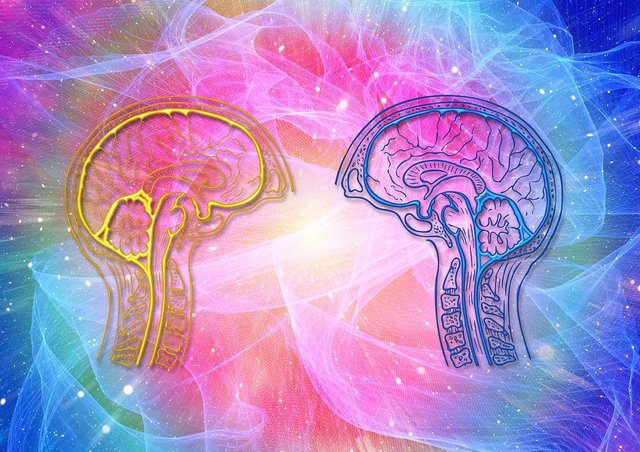Cognitive Biases: The Tricks Our Minds Play

Introduction:
Our minds are remarkable, complex entities that continuously process an overwhelming amount of information. However, they are not immune to certain shortcuts and biases that can lead to errors in judgment and decision-making. Cognitive biases are the hidden tricks our minds play on us, influencing our perception, interpretation, and understanding of the world. In this chapter, we will explore various cognitive biases, uncover their underlying mechanisms, and examine the real-life implications they have on our thoughts and behaviors. By understanding these biases, we can become more aware of our cognitive limitations and make more informed choices in our daily lives.
Confirmation Bias:
Confirmation bias is the tendency to seek, interpret, and remember information in a way that confirms our preexisting beliefs or hypotheses, while ignoring or downplaying contradictory evidence. For example, imagine a person who strongly believes in a particular conspiracy theory. They might actively search for and pay attention to information that supports their beliefs, while dismissing or discrediting any evidence that contradicts their viewpoint.
Anchoring Effect:
The anchoring effect occurs when we rely too heavily on the first piece of information we encounter when making decisions, even if it is irrelevant or arbitrary. For instance, consider a scenario where you are negotiating the price of a used car. If the seller starts with an extremely high asking price, it can anchor your perception of the car's value, making subsequent counteroffers seem more reasonable, even if they are still higher than the actual market value.
Availability Heuristic:
The availability heuristic is a mental shortcut where we base judgments and decisions on how easily information comes to mind. We tend to overestimate the likelihood of events that are more easily recalled from memory, regardless of their actual frequency or probability. For example, if we frequently hear news reports of airplane accidents, we may develop an inflated perception of the dangers of air travel compared to statistically safer modes of transportation.
Bandwagon Effect:
The bandwagon effect refers to the tendency to adopt certain beliefs or behaviors because many others do, regardless of their rationality or validity. It stems from our innate desire to conform and avoid social rejection. For instance, in a social setting where everyone expresses a strong preference for a particular brand of smartphone, individuals may feel compelled to conform and adopt the same preference, even if they have not objectively evaluated the merits of other brands.
Hindsight Bias:
Hindsight bias is the inclination to perceive events as more predictable or obvious after they have occurred. It leads us to believe that we "knew it all along," even if we had no prior knowledge or awareness of the outcome. For instance, when hearing about the outcome of a sports match, we may tend to believe that we could have accurately predicted the result based on the available information, disregarding the uncertainty and variability inherent in competitive events.
Overconfidence Effect:
The overconfidence effect refers to our tendency to have excessive confidence in our judgments and abilities, often underestimating the risks and overestimating our accuracy. This bias can manifest in various domains, such as financial decision-making, problem-solving, or even driving skills. For example, a person may overestimate their ability to multitask while driving, leading to increased risk-taking behavior on the road.
Selective Perception:
Selective perception occurs when we selectively interpret or pay attention to information that aligns with our existing beliefs or expectations while filtering out contradictory information. This bias can influence our interactions with others, as well as our understanding of complex issues. For instance, in a political discussion, individuals with different ideologies may selectively perceive and focus on evidence that supports their own views while disregarding counterarguments.
These examples illustrate just a few of the many cognitive biases that can influence our thinking and decision-making processes. It is important to recognize that cognitive biases are not indicative of intellectual shortcomings but are rather
inherent aspects of human cognition. By being aware of these biases, we can engage in critical thinking, challenge our assumptions, seek diverse perspectives, and make more rational and informed choices in our personal and professional lives.